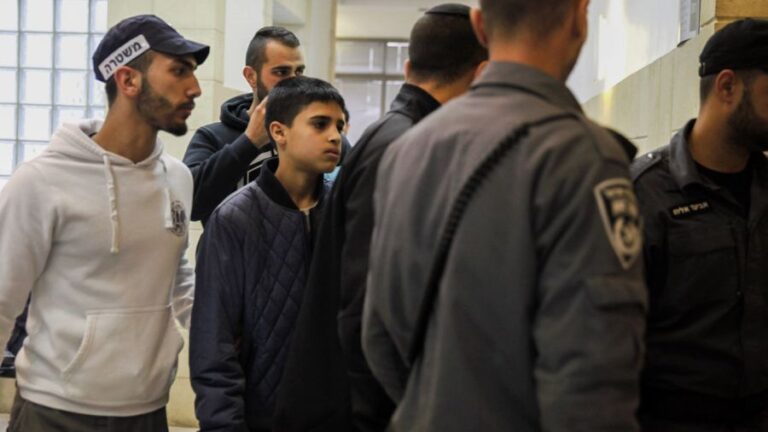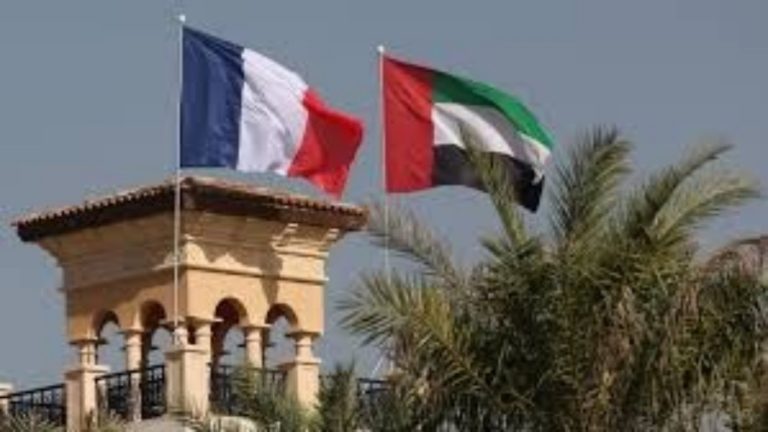Analytical Reflections: Learning from the Nagorno-Karabakh Fiasco
The sudden conclusion of the Nagorno-Karabakh War is the perfect time to reflect on why the analytical community got it so wrong about that conflict, both in terms of its dynamic developments and ultimate outcome, all with the intent of learning some hard lessons that might hopefully reduce the likelihood of so many avoidable professional mistakes being made when analyzing similar situations in the future.
Background Briefing
The analytical community all across the world was mostly wrong about the dynamic developments and ultimate outcome of the Nagorno-Karabakh War, which testifies to the fact that some serious shortcomings still exist among professionals which should have been entirely avoidable in hindsight. The purpose of this article is to explain what went wrong and why, with the intent of teaching some hard lessons that might hopefully reduce the likelihood of this happening again when analyzing similar situations in the future. For background, the reader is encouraged to peruse the author’s recent piece titled “The End Of The Nagorno-Karabakh War: Retrospection, Clarification, And Forecast”, which cites his 36 prior works on the topic which proved to be startlingly accurate in hindsight. In addition, they should also review what he wrote in May 2018 about “Political Analysis In Today’s Interconnected Globalized World: Seven Steps”, which aimed to improve the quality of aspiring analysts’ work. The present article should be considered a direct follow-up to that one.
The Author’s Intent
What set the Nagorno-Karabakh War apart from many of the other topics that analysts have recently covered is that it was an ongoing war with many dynamic developments. This meant that it was very important for observers to closely follow the latest events and adjust their analyses accordingly in response to some of the indisputable facts that they were made aware of amid the more ambiguous ones. Unfortunately, that didn’t happen as often as it needed to otherwise so many analysts wouldn’t have gotten everything so terribly wrong about that war. What’s therefore needed is a complete rethinking of many of the things that the analytical community previously took for granted. This article aspires to raise awareness about the many mistakes that were made, beginning with the faulty assumptions upon which so many of the author’s peers based their analyses. What follows is advice about the optimal way to analyze dynamic developments, the mistakes that are most commonly made when doing so, the Nagorno-Karabakh case study, and lingering questions to answer.
The Perfect Process
All analyses begin by interpreting information in accordance with one’s understanding of the situation that they’re covering and what they believe the interests of the most relevant actors to be. The usually complex relationship between all relevant actors should also be considered. Taken together, it can be said that the preliminary step is for the analyst to develop their own model or vision through which they interpret events. This is obtained through close study of the subject matter over a considerable period of time, only after which they’re able to feel reasonably confident publicly sharing their views on whatever issue it may be. Analysts should also identify the most likely variables that can shape the situation and then proceed to construct several possible scenarios to track. They must then review information from all sides of the conflict, relying on their media literacy and intuition to distinguish between facts and non-facts (which don’t necessarily have to be fake news but could simply be someone else’s interpretation [analysis] deceptively passed off as news).
Common Mistakes
Analysts must always adjust their interpretation of events and consequently their models/vision in reaction to indisputable facts if they’re sincere in their professional commitment to reflect reality as accurately as they can. This can be very difficult to do since “wishful thinking”, “groupthink”, “political correctness”, lobbying efforts, and even ego can sometimes get in the way. All analysts must therefore have very strong characters to resist these temptations, but they must also be very introspective as well and conscious of their thought processes in order to correct themselves whenever they’re subconsciously falling into these traps. It’s entirely possible to retain one’s original model/vision/analysis despite seemingly contradictory new information so long as they account for why this is, but a telltale sign that an analyst is wavering in their professional commitment is if they cling too closely to the “5D chess”/”trust the plan” interpretations. This usually happens either because of “wishful thinking” or the analyst acting as an “activist” or “diplomat”, both of which are unprofessional.
The Nagorno-Karabakh Case Study
Applying the aforementioned two paragraphs of advice to the Nagorno-Karabakh case study, it can convincingly be seen that analysts failed in their professional duty. Many proceeded from the false assumptions that Russia and Turkey were aggressively competing with one another there, that Moscow would support Yerevan even if only out of “Christian solidarity”, paid too much credence to Armenia’s “genocide” fearmongering claims, overestimated Russia’s annoyance at Azerbaijan’s trans-Georgian commercial, pipeline, and railway integration with Turkey, and underestimated the closeness of Moscow-Baku ties. They failed to adjust their analyses in response to the key developments of Russia reaffirming its commitment to the four UNSC Resolutions on the matter and reiterating its red lines, Azerbaijan’s indisputable military advances, Armenia’s war crime spree that was committed from a position of strategic desperation and weakness, and the importance of publicly disclosed diplomatic contacts between Russia and Turkey. This resulted in them producing terribly mistaken analyses.
Lingering Questions
Although the war is officially over, some lingering questions still remain which should be tackled by those analysts who want to redeem their credibility after hopefully learning from the mistakes of the past seven weeks. They include the prior highly publicized but never publicly proven claims of Mideast mercenaries in the conflict zone, Azerbaijan’s accidental shooting down of a Russian helicopter just a few hours before the agreement was signed ending hostilities, unverified reports of Armenian missiles targeting Baku right after the ceasefire, Prime Minister Pashinyan’s political future, and the “new normal” of Russian-Turkish relations. The author’s respective analyses are that those claims were Armenian disinformation that Russia regrettably fell for, a genuine accident possibly caused by Armenian controllers misleading the Russian helicopter towards the border to provoke an incident, a failed military insubordination attempt to ruin the ceasefire, the possibility of an ultra-nationalist Color Revolution, and the rise of a new power duo (“Putogan”) in the “Greater Mideast”.
Additional Advice
As this article draws towards its close, some additional advice should be kept in mind by all analysts. Firstly, all “sources” (whether named or unnamed) should always be treated with skepticism since they might just be part of an infowar campaign. Secondly, it’s impossible to produce perfect analyses since the open source intelligence upon which most analysts rely is always incomplete. Thirdly, conducting “red team-blue team” thought exercises can greatly improve an analyst’s insight about a conflict’s dynamics and the (possibly changing) interests of relevant actors. Fourthly, ego mustn’t ever get the in the way and analysts shouldn’t feel ashamed about getting it wrong and having to adjust their analyses. And fifthly, analysis is first and foremost an art which requires a lot of time to produce so analysts shouldn’t hastily rush to interpret events because of peer pressure or whatever else unless they feel reasonably confident of their model/vision. With all this in mind, future analyses should hopefully avoid the unnecessary mistakes that were made when covering Nagorno-Karabakh.
Concluding Thoughts
It’s the author’s sincere intention that this article helps the analytical community improve the quality of their forthcoming work. He isn’t perfect, but he arguably produced the most consistently accurate analyses about the Nagorno-Karabakh conflict as proven by the piece that he hyperlinked to at the beginning of this article citing his 36 prior analyses. This doesn’t mean that everything that he’ll produce in the future will be equally as accurate, but just that he felt the obligation to share what he learned after closely observing many of his peers make so many mistakes that he strongly feels were entirely avoidable. The community needs to work together and learn from one another in order to produce better analytical products. The greatest obstacle to that happening is analysts’ preconceptions, especially the false assumption that just because something supposedly “always has been” the case, that it “presently is” and therefore “always will be”, yet Nagorno-Karabakh proved that’s not the case at all. So long as that pitfall can be overcome, then the community will thrive in the future.








One Comment
Comments are closed.